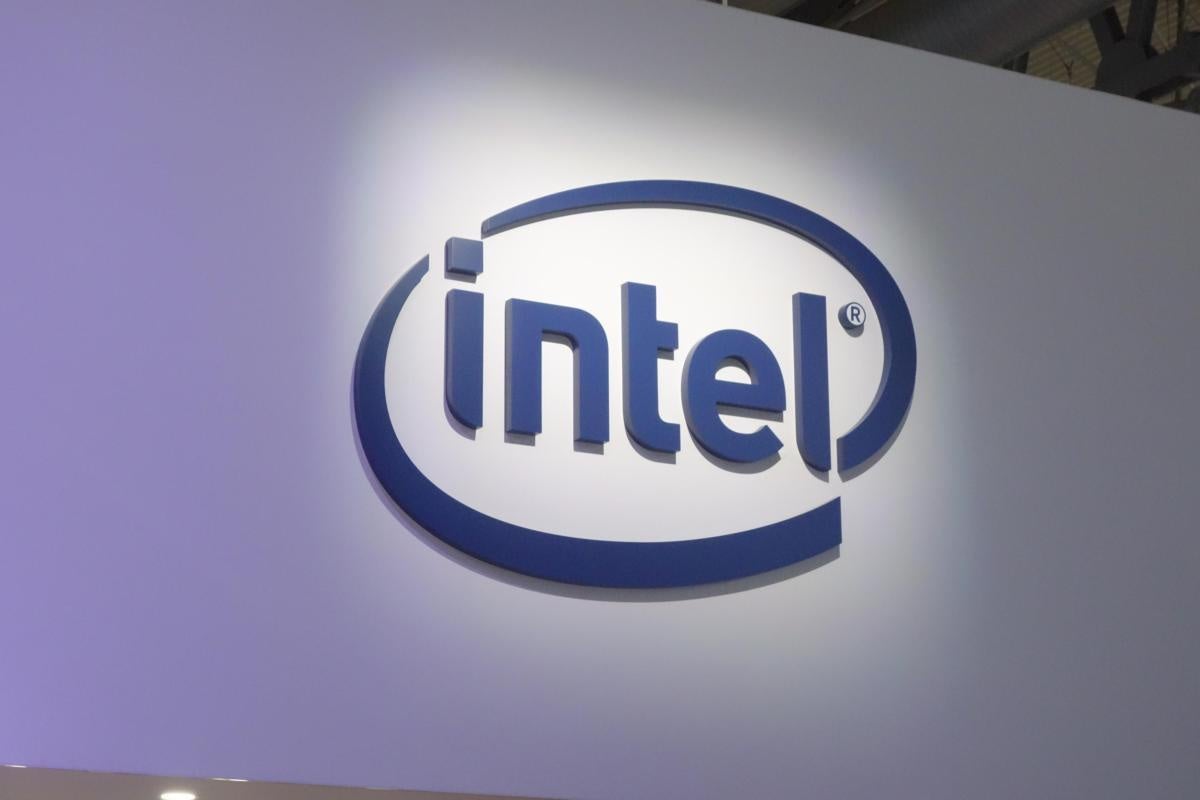- I tested a Pixel Tablet without any Google apps, and it's more private than even my iPad
- My search for the best MacBook docking station is over. This one can power it all
- This $500 Motorola proves you don't need to spend more on flagship phones
- Finally, budget wireless earbuds that I wouldn't mind putting my AirPods away for
- I replaced my Linux system with this $200 Windows mini PC - and it left me impressed
The ‘Itanic’—Intel’s ill-fated Itanium processor—finally sinks

After two decades of failure and endless jokes, the Intel Itanium is officially no more. Intel has finally stopped shipping its doomed-from-the-start 64-bit processor, two years after saying it would cease shipments.
Really, the end came some time ago. The last Itaniums were the 9000 series “Kittson,” which shipped in 2017. It’s a bane of technology firms to support technologies they would much rather ditch but can’t due to customer investment, and for years Intel was obligated to support the paltry market that existed for Itanium.
Oracle is in the same boat with legacy hardware it acquired along with Sun Microsystems in 2010. Even though it axed the SPARC processor in 2017, it has promised to support SPARC hardware until 2034.
Itanium was the spawn of Intel and HP and derived from HP’s PA-RISC processor, used in its Unix systems. And that was one of its problems. It was basically an HP product, and only HP used it. Sun had SPARC, IBM had Power, and SGI had MIPS. The Itanium market was HP and a bunch of small players.
Itanium processors were promised to be more efficient because they didn’t have the baggage of legacy x86 processors. But it was notoriously difficult to write a good compiler for the platform, and without a developer ecosystem, it went nowhere.
As if that wasn’t bad enough, the processor lacked legacy 32-bit x86 support. After all, it was mainly a modified PA-RISC processor. So with no native software and no backwards compatibility, there was nothing to run on it.
The project was dubbed “Itanic” for the amount of cash being spent on it, its ambition, and the disaster that followed. (A chip-analyst friend bought the domain name itanic.com and parked it so no one could use it to set up a site mocking Intel.
For much of the early part of the century, Itanium was Intel’s 64-bit strategy. Meanwhile, over at AMD, former DEC engineer Dirk Meyer was heading up a team that would create the x86-64 extensions, called AMD64. Intel would eventually get AMD64 religion and ship its first 64-bit desktop and Xeon in 2004.
Last year, HPE stopped taking orders for new Itanium hardware, and earlier this year Linus Torvalds announced the end of Itanium support in the Linux kernel. It’s officially over.
Copyright © 2021 IDG Communications, Inc.

